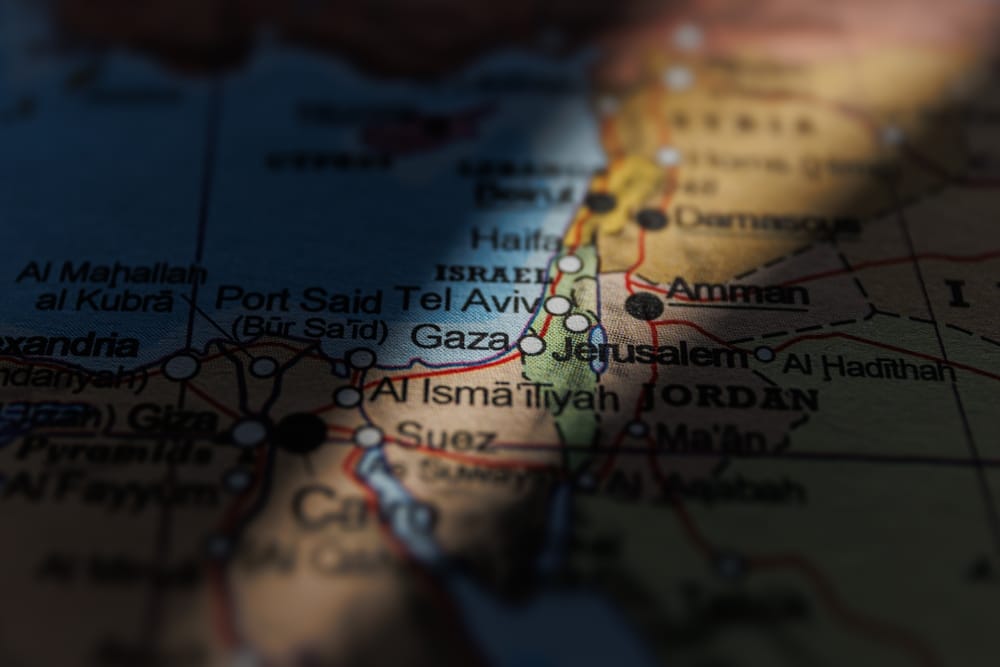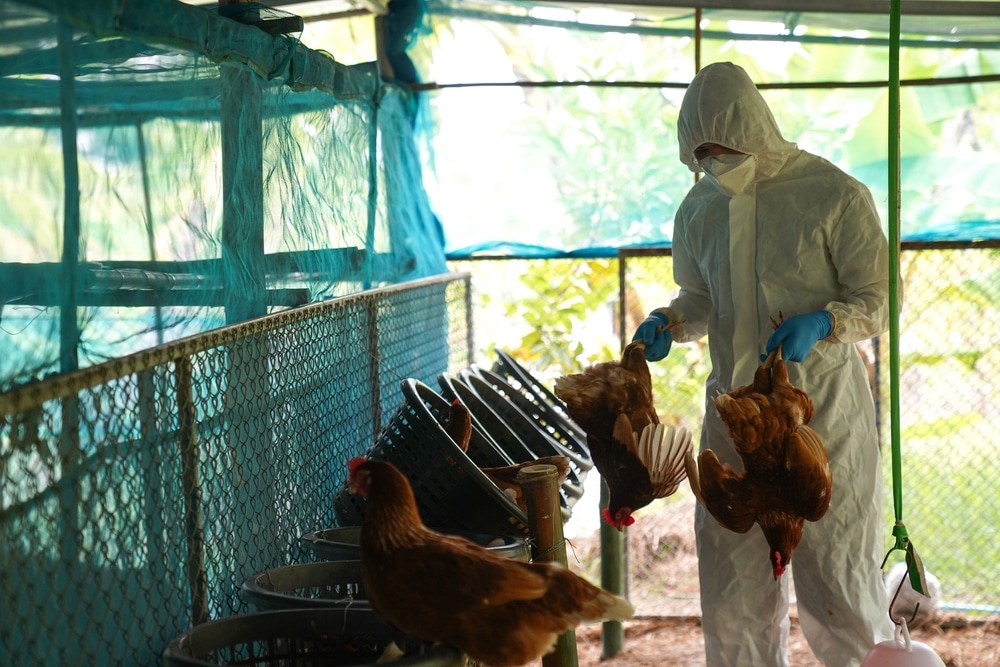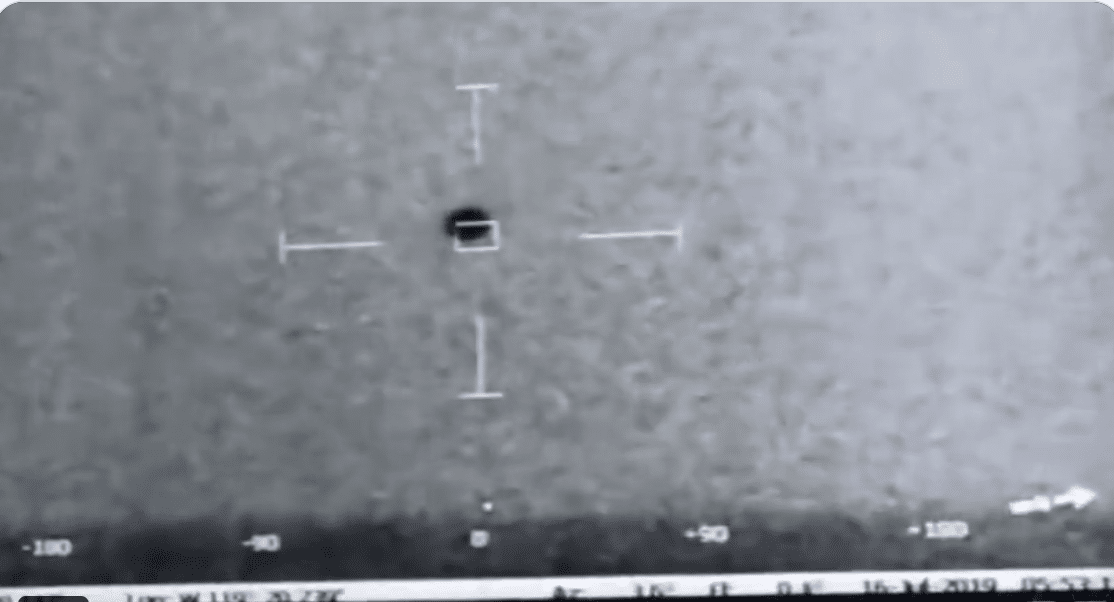It’s 102 degrees, just north of Palm Springs. White wind turbines, two stories high, dot the desert landscape all of the way to the base of snowcapped mountains in the distance. Seismologist and earthquake expert Lucy Jones is standing on a small hill looking south, towards California’s most consequential fault: the San Andreas. It runs nearly the length of the state, from the Salton Sea to near Mendocino. From where we’re standing, the only evidence of the fault are slight
indentations in the earth, snaking through the landscape. There are rocks and soil that’ve been moved by years of tectonic plates shifting below us. Jones is surrounded by scrub brush and government officials from across Southern California. She’s brought them to bake in the desert sun to convince them that they need to do more to get ready for “the big one.” “If you are in the Coachella Valley, don’t plan on getting to L.A. anytime after the earthquake, unless you have some way of flying,” she warns. READ MORE

















